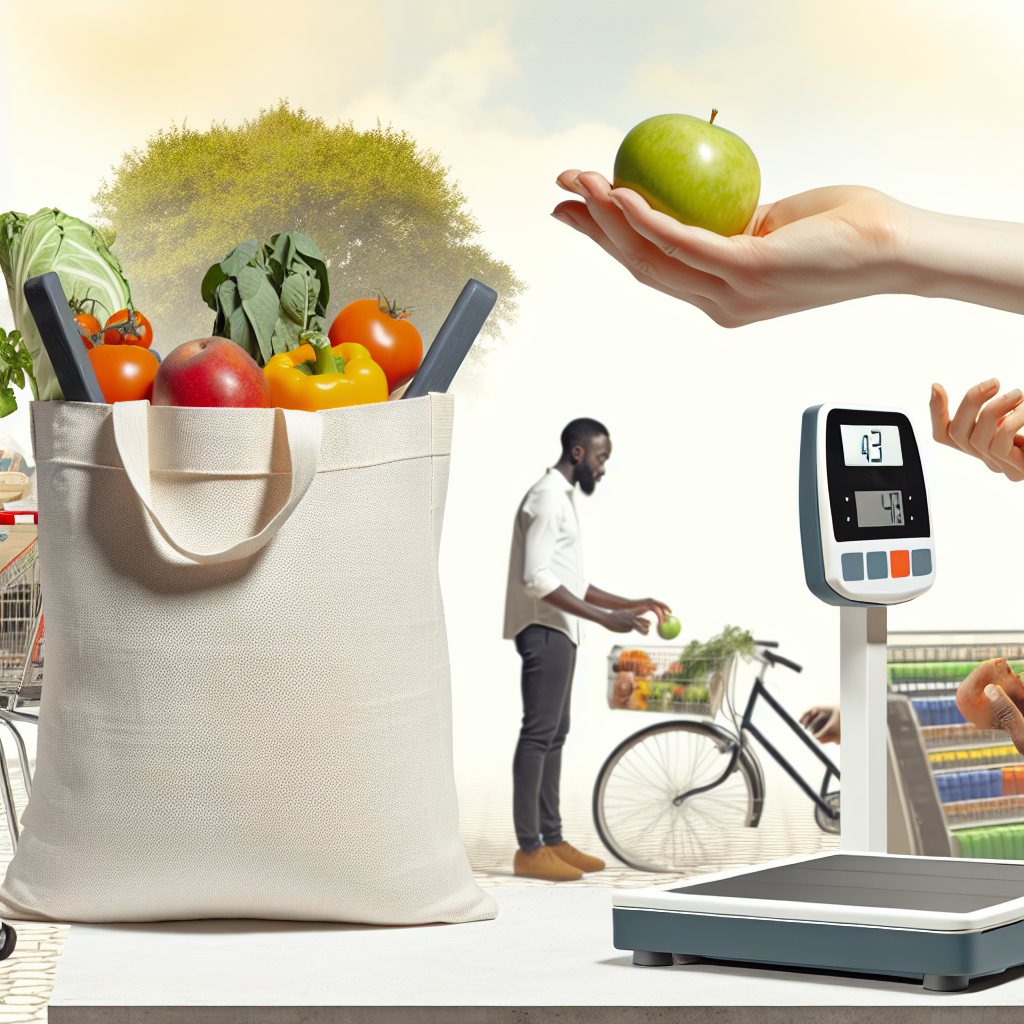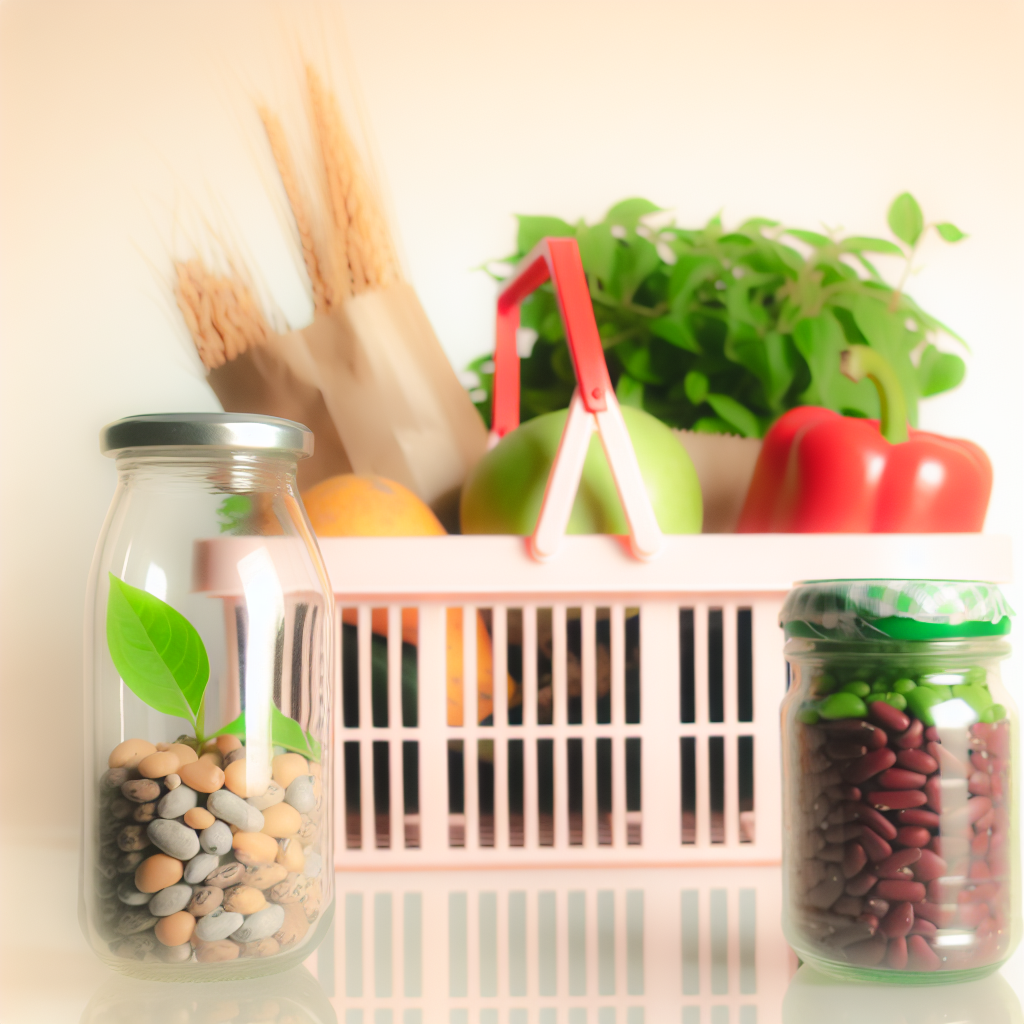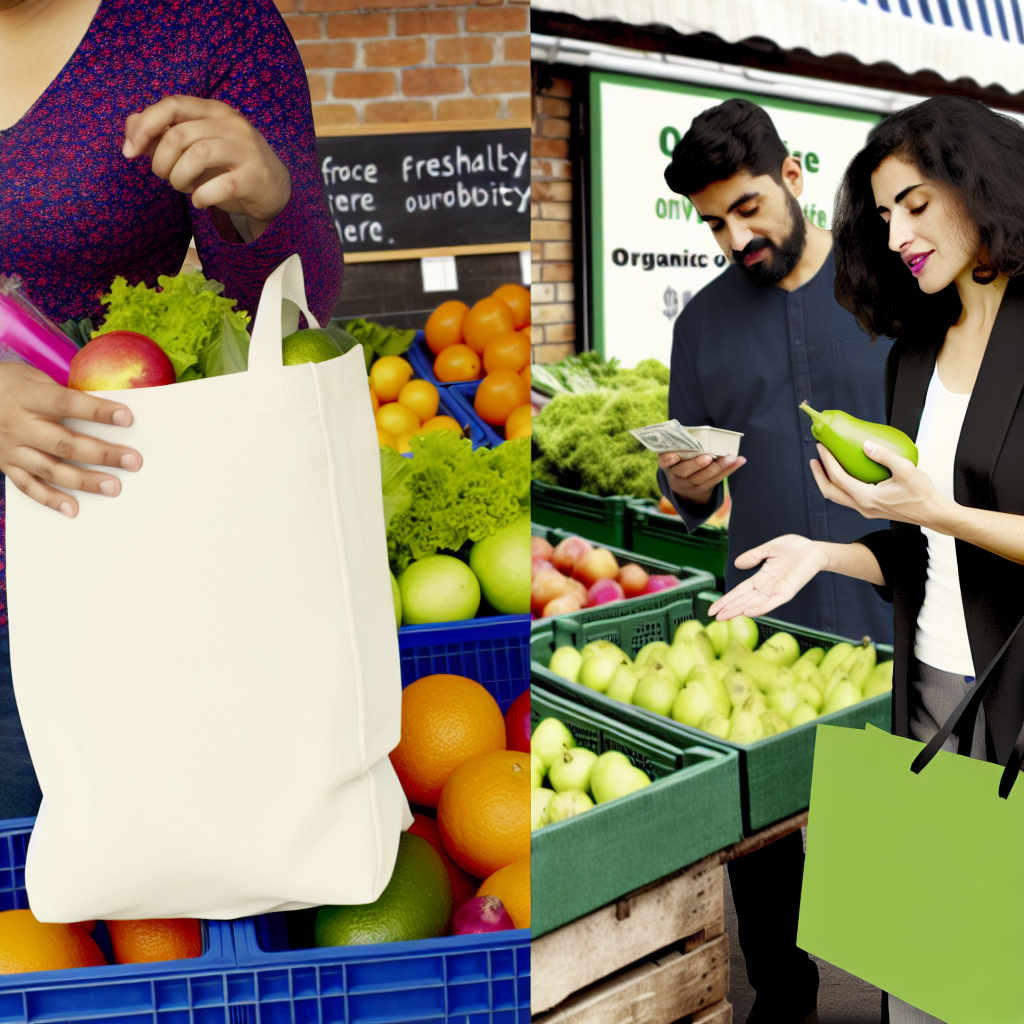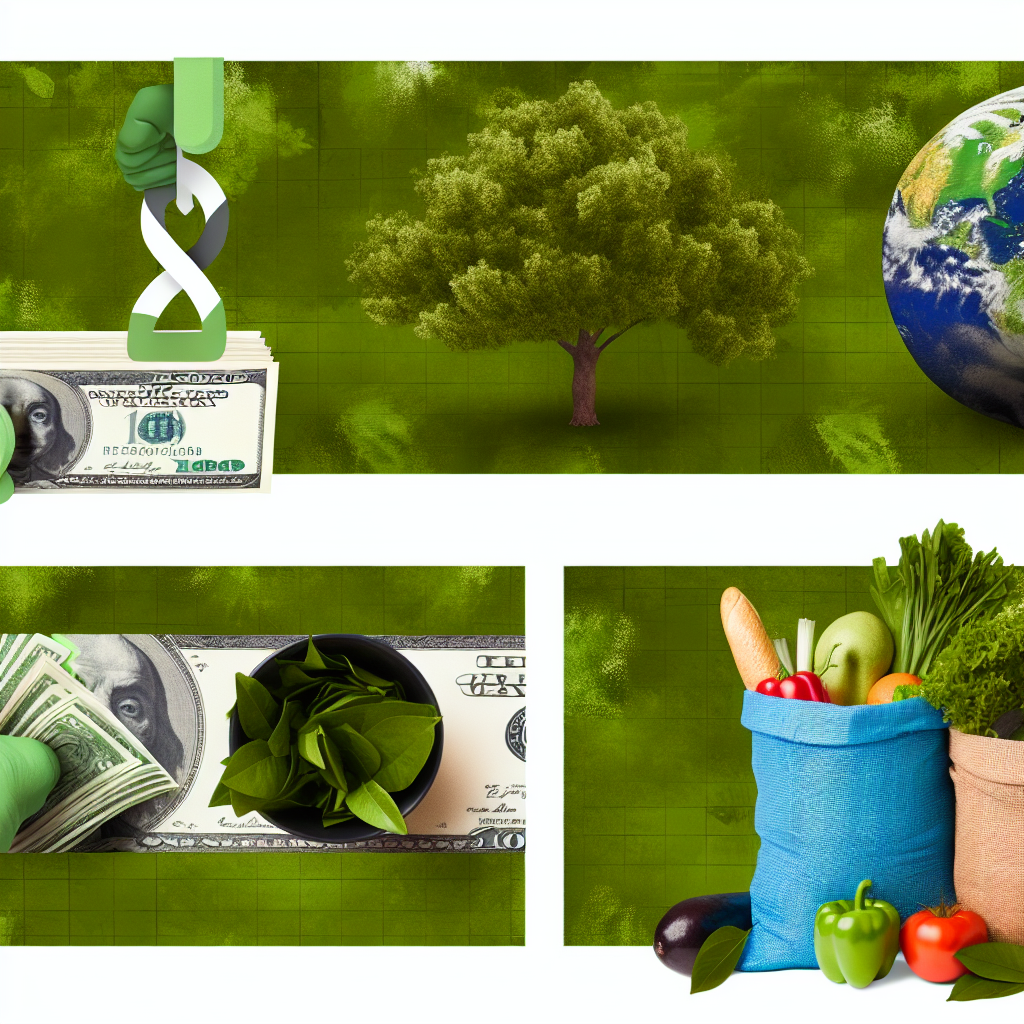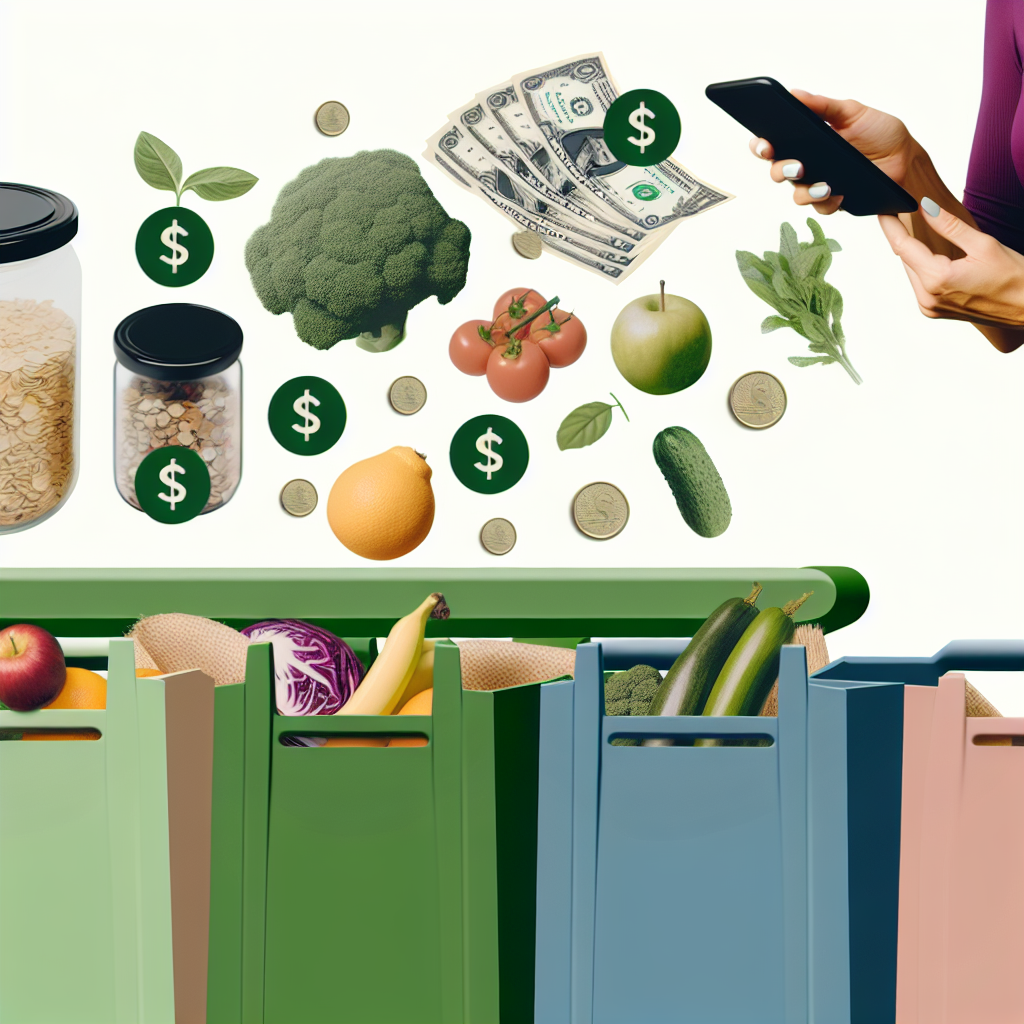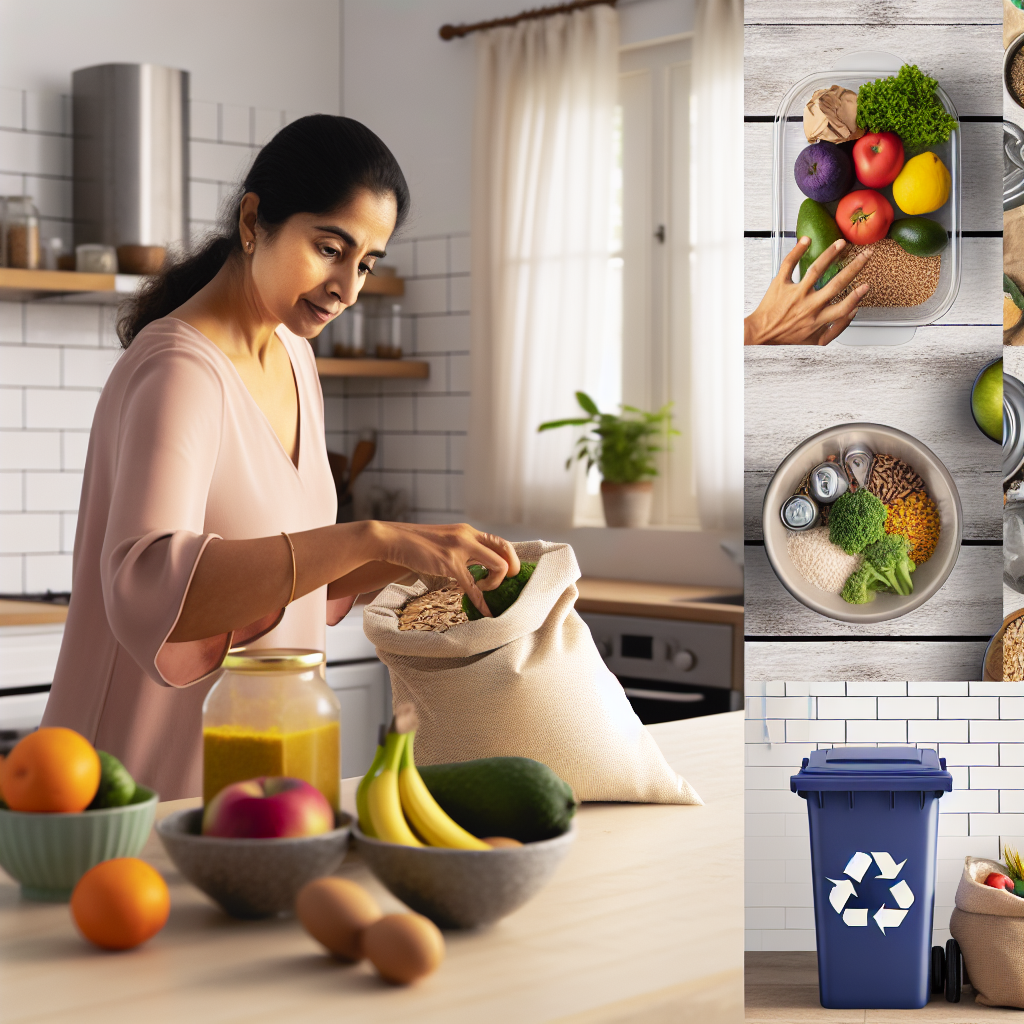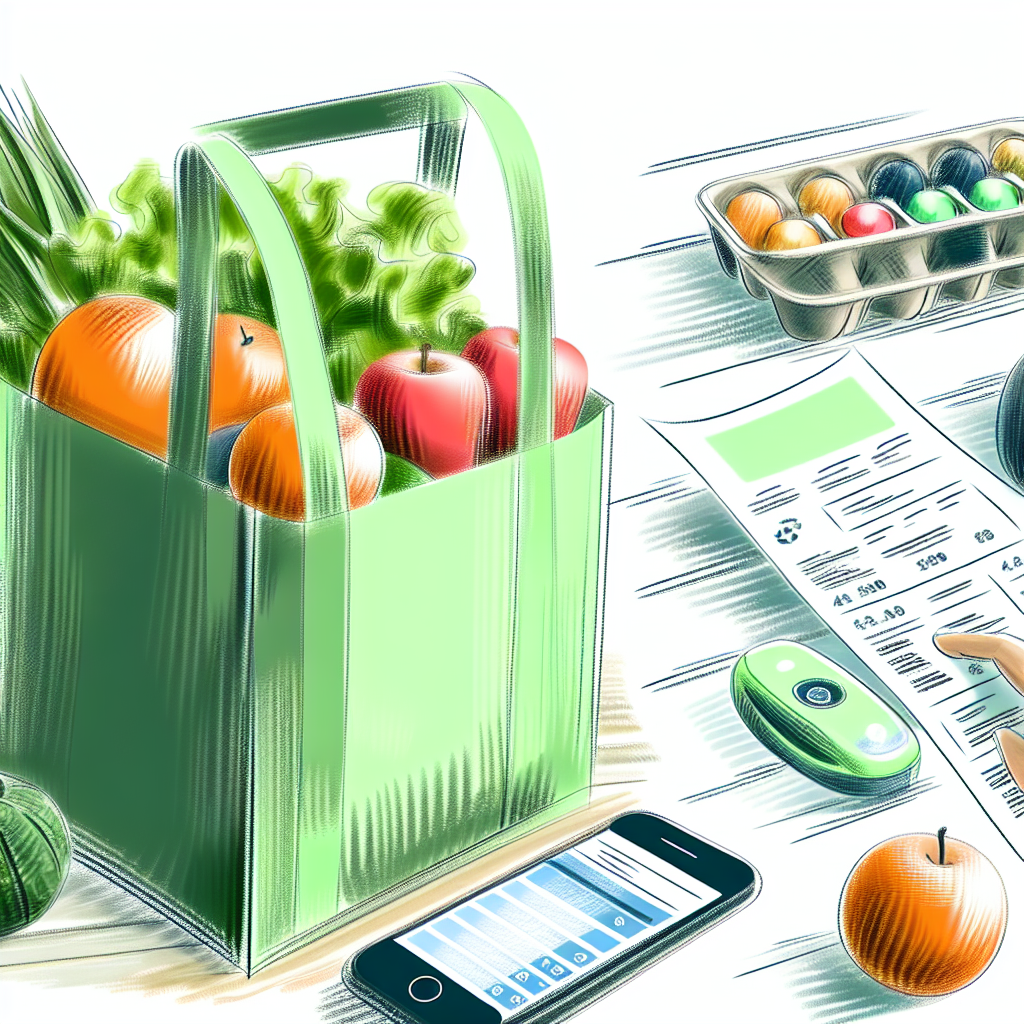Top 10 Eco-Friendly Tips to Slash Your Grocery Bills While Saving the Planet
Hello, awesome readers of Frugal Zeitgeist! Are you ready to turn your grocery shopping into an exciting, money-saving adventure that’s also kind to our planet? 🌎 By making some eco-friendly choices, you can do wonders for both your wallet and the Earth. Today, we’re diving into the top 10 tips that help you save money on groceries while going green, all with a bit of fun and excitement!
Introduction
Being an eco-friendly shopper isn’t just about being kind to Mother Earth; it’s also about keeping more of your hard-earned cash. When you shop with sustainability in mind, you reduce waste, support your local economy, and become the grocery superhero you never knew you could be. Let’s explore how a few smart choices can make a big difference in helping the planet and your bank account.
1. Plan Your Meals
Let’s start with a classic! Planning your meals is a savvy shopper’s best tool. Not only does it keep you organized, but it also helps you buy only what you need, cutting down on food waste. Here’s how you can start:
- Craft a Weekly Meal Plan: Spend a little time each weekend planning your meals for the week ahead.
- Involve the Family: Make it a family activity and get everyone’s input! You might discover a surprising new favorite.
- Avoid Impulse Buys: With a plan in place, you’re ready to resist those tempting snacks that try to sneak into your cart.
2. Make a Shopping List and Stick to It
The shopping list may seem simple, but it’s super powerful.
- Stick Like Glue: Treat your list like your new best friend. Don’t stray from it, no matter how tempting those special offers might be.
- Utilize Apps: Use apps like AnyList or Our Groceries to keep your list digital and organized. It’s great in case you remember something at the last minute.
- Avoid Unnecessary Items: A list helps you focus on what you really need, which is good for both your budget and the Earth.
3. Buy in Bulk
“Go big or go home” can save you money and reduce packaging waste.
- Bring Your Containers: Bulk bins are great when you bring your own containers, and they help you get just the right amount.
- Save on Packaging: Fewer trips for smaller quantities mean less packaging and less waste!
- Money-Magic: Buying in bulk often costs less per unit, meaning more savings to boast about!
4. Choose Local and Seasonal Produce
Lend a hand to your local farmer and the planet will thank you with fresh, tasty produce.
- Eat with the Seasons: Seasonal foods taste better, cost less, and have lower environmental costs.
- Visit Farmers’ Markets: Farmers’ markets are a treasure trove of fresh and affordable produce. Use websites like LocalHarvest.org to find them.
- Celebrate Community: Support local farmers and reduce the emissions from transporting goods.
5. Reduce Meat and Dairy Consumption
For meat lovers, this can be a challenge, but it saves money and helps the Earth.
- Save Money: Plant-based proteins like beans and grains are cheaper and last longer.
- Try Meatless Mondays: Start with one meat-free day a week. You might find some great new dishes.
- Help the Planet: Eating less meat means fewer emissions and less deforestation.
6. Avoid Pre-Packaged and Processed Foods
Pre-packaged snacks might be convenient, but they often cost more and aren’t great for your health.
- Health is Wealth: Processed foods usually cost more and have fewer nutrients. Stick to whole foods for the best health.
- DIY Snacks: Try making your own snacks like granola or banana bread. They’re cheaper and taste better.
- Less Packaging: Less packaging means less waste, helping keep the environment clean.
7. Bring Your Own Bags and Containers
We’ve all had that “oops, I forgot my bag” moment. Try to make it a habit to bring them!
- Save Money: Some stores charge for bags now, and those costs can add up.
- Ditch Single-Use Plastics: Reusable bags and containers mean less plastic waste.
- Habit Hacks: Keep bags in your car or near your door so they’re handy when you leave for the store.
8. Grow Your Own Herbs and Vegetables
Let’s see those green thumbs! Growing your own food can help shrink your grocery bill.
- Start Small: Even if you have little space, herbs like basil or mint can grow on windowsills.
- No Big-Garden Needed: Many veggies do well in container pots on balconies or patios.
- Be Resourceful: Look for community resources like garden swap events or seed-sharing programs.
9. Store Your Food Properly
Make your groceries last longer with smart storage steps.
- Conditioning is Key: Learn about where different foods should be stored (like, onions don’t like friends).
- Reduce Waste: Use containers that keep food fresh longer or consider gadgets like vacuum sealers.
- Freezer Power: Freeze extra produce and leftovers—it’s like magic for your food!
10. Compost Food Scraps
Don’t waste food; composting is a great way to recycle scraps into something useful.
- Less Trash: Each banana peel composted instead of trashed is a win for the planet.
- Easy to Do: From simple methods for apartments to bigger garden compost bins, there’s a way for everyone.
- Future Fertilizer: Your plants will love the nutrient-rich boost from compost.
Conclusion
And there you go – 10 awesome, eco-friendly grocery shopping tips to help you save money while saving the planet! Remember, it’s perfectly fine to start small. Pick a couple of these tips to try this month and add more as you get comfortable. Before you know it, you’ll be a pro at both groceries and going green.
We’d love to hear from you! Share your tips, experiences, or funny shopping stories in the comments below. Be the eco-warrior you were born to be, one grocery trip at a time!
Additional Resources
- For More Sustainable Living Tips: Check out “The Zero Waste Home” by Bea Johnson.
- Apps: Try “Ecosia” to track your eco-friendly app habits.
- Web: Visit Love Food Hate Waste for meal planning and food storage tips.
Stay frugal, stay fabulous!
